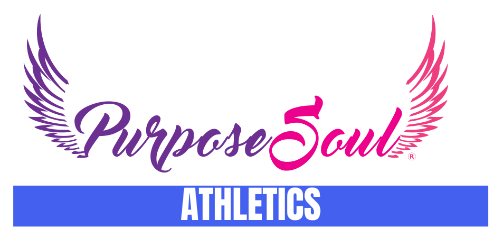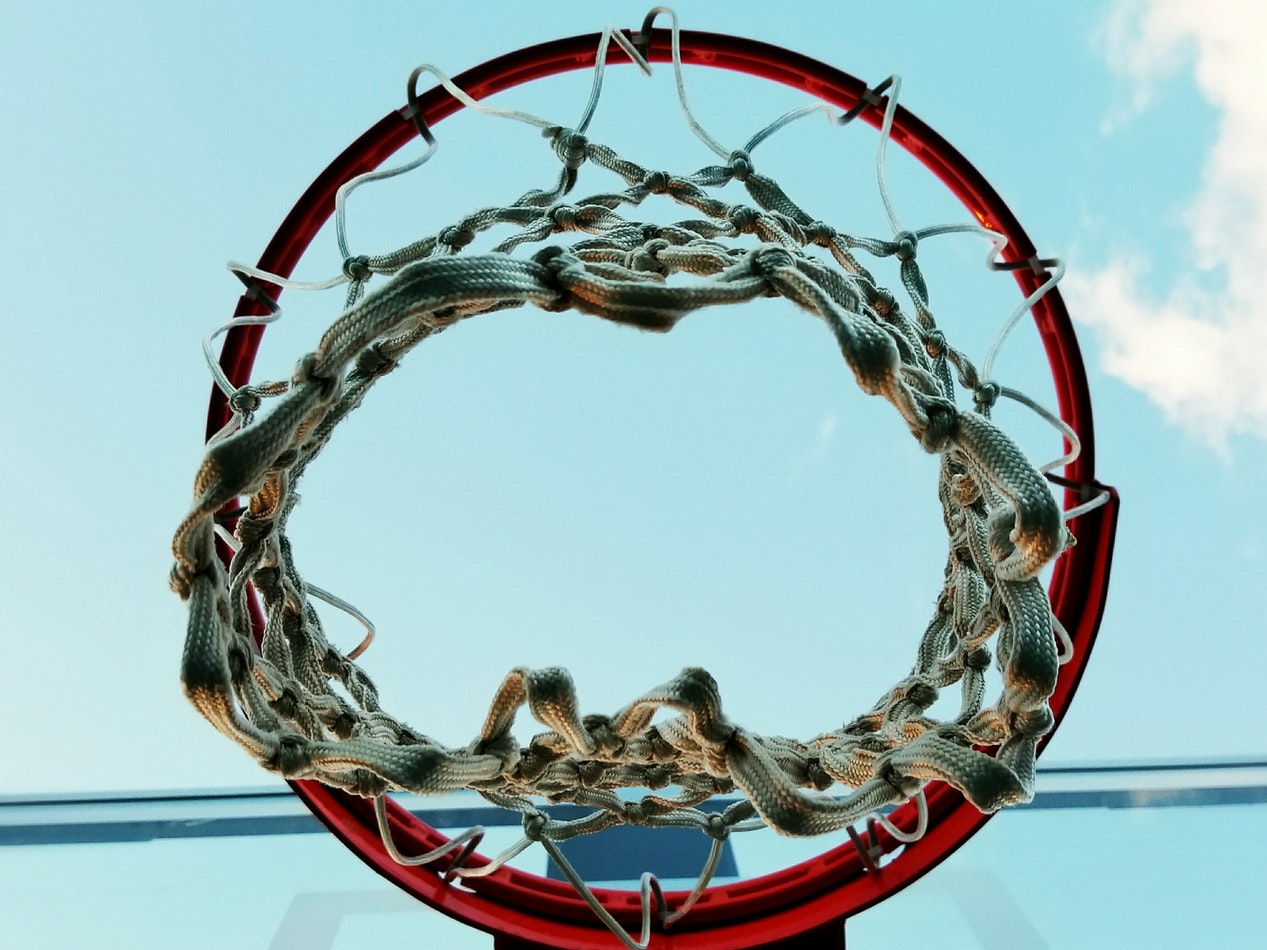“If a player is executing outstanding and upwards of Hall of Fame ability, carrying around two or three pieces of baggage, luggage, based on their past, just imagine what they could do if they had a space or a place to drop one or two of those bags. They wouldn’t be opening Pandora’s box. They’d be unlocking a treasure trove of gifts, talents, and genius as ballers and as men.” – Dr. William D. Parham in Bleacher Report
Physical health has always been at the forefront of athlete wellness and while “mental toughness” has always been a part of the game as well, mental health has largely been swept under the rug forcing athletes to be hush-hush about issues like anxiety and depression. However, this year alone, several standout NBA stars have come forward about their struggles with mental illness including DeMar DeRozan, Kevin Love, and most recently, Nate Robinson.
The National Basketball Players Association (NBPA) listened to its players and hired the first-ever director of mental health and wellness in any pro sport, Dr. William D. Parham. Dr. Parham released his four-part plan to the public, which is a huge step forward and clearly aimed at comprehensive wellness rather than a Band-Aid approach. Sometimes we see things that leagues announce and wonder if it’s nothing more than a PR move, but Dr. Parham’s initial plan looks to take a genuine approach to both improving the mental health culture in the NBA and addressing the players as individuals.
Here’s what it looks like as reported by Mary Pilon in a Bleacher Report article on June 27.
- Part 1 includes establishing a network of licensed mental health professionals—mostly psychologists, but also some psychiatrists and social workers, all vetted—in each of the cities where the NBA has a franchise.
- Part 2 will be establishing a 24-hour hotline that players can access for mental health issues.
- Part 3 will be an educational campaign targeting players on mental health issues and the resources that are available to them.
- Part 4 will be building relationships with players.
The NBA needs transparency, internally and publicly, with its new mental health and wellness initiative.
Changing the culture of the league begins with changing the conversation about mental health from something taboo to something that’s as acceptable as physical health and strength. For example, there are endless photos on social media of players in weight rooms and working with personal trainers. However, there’s virtually no mention in pro sports of mental training partly because it’s harder to showcase and partly because it’s unchartered territory since any blip in mental wellness is viewed as, “weak.”
Continued conversation and visibility of mental health in the league opens the doors for its players. Here’s how:
- The NBA can stand up and first begin to share photos, videos, etc. on its main flagship accounts about mental health. The PSA that came out this year was an awesome step, but they have to lead the ongoing discussion by keeping the conversation going because that sets the standard for its players to buy into Dr. Parham’s plan.
- The second tier is the individual organization. Since each organization is different, an important first step is to gain an understanding of the mental wellness of each team as an individual unit in which strengths, weaknesses, and needs are identified. Mental health isn’t one-size-fits-all and for it to really work within each organization, there must be a plan that is decided upon internally by the team with the precedent that the plan is a fluid document that will need constant evaluation and amendment simply because life changes. In addition to teams focusing on the discussion internally, they can also highlight their own advocacy for mental health and wellness publicly, which again sets the example for players, coaches, and staff. For example, they can share a behind-the-scenes photo of a team mental health training session.
- Last but not least, are the players, coaches, and staff, who can follow the team’s lead and feel more supported in managing their day-to-day mental wellness before a crisis pops up. They will be educated on how to speak up and who to talk to. Having coping tools and a deep understanding of self in place makes an incredible world of difference when problems arise particularly during demanding seasons.
While NBA teams, players, coaches, and staff may feel no one wants to hear about the pressure that multimillionaire sports professionals are under, the reality is that the more successful someone is coupled with being a public figure, the pressure also rises. It’s one of the human sides of being in professional sports, and even in business, that the majority of people haven’t seen or don’t want to think about. It’s not all glitzy fashion, nightclubs, and banana boats. They’re just human beings whose talents and personal lives are on showcase for the whole world to see.
Miami Heat Looks to Address Mental Health and Mindfulness
In an article by Tom D’Angelo on March 20 in The Palm Beach Post, Erik Spoelstra, head coach of the Miami Heat, was quoted as saying, “I’m glad the discussion of mental health now with the players is out there. This is something that also relates to coaches. I’ve talked about it with our team. I’m glad this is starting to get to the forefront now as well because all of us need to be extremely more mindful of all the demands and how we’re taking care of ourselves.”
One of the best things that this new NBPA initiative can do is not only educate players and address problems when they arise but also to make mental wellness an everyday focus that’s as important as physical training and nutrition. Pro athletes can only strengthen their game by keeping their mindset on point. Teams like the Miami Heat know this and will undoubtedly be open to the increased mental wellness resources as well as stimulating an ongoing conversation around the issue.
Self-care and conversation are important because individuals struggling with mental wellness want:
- To have a space to breathe and let their voice be heard
- To feel validated without judgment
- To learn how to speak about what they are feeling and find a solution
- To gain self-awareness and clarity of their inner voice in emotional moments and in confusing times
- To learn how to manage mental health day-to-day so that can feel balanced and know how to manage their emotions
- To learn how to get out of their own head and not let it affect their game
If the NBPA continues to lead the conversation; if teams have inner dialogue and a public presence that includes mental wellness; and if the players continue to speak up, it would be an incredible step to changing the conversation society has around mental health. That’s because fans look at the league, teams, and players as superhuman. This idealization by the public, therefore, can continue to impact the discussion we have about mental wellness as a society.
The NBPA and Dr. Parham are undoubtedly taking huge strides in addressing something that can no longer be ignored in a society where people desire transparency. Suicide rates are increasing and celebrity deaths by suicide this year alone have shined an even bigger spotlight on depression. The conversation is certainly happening more often, but for the individual who is suffering or trying to support someone who is suffering, it’s far more complicated than sharing a post that says, “I’m here if you need me.” I wrote an article on what it feels like for the person with the issue and how to support them here.
The bottom line is that mental health and wellness is complicated because no two people are the same so there is no specific one-size-fits-all solution. However, by beginning with more conversation, compassion, acceptance, transparency, and resources, we will be well on the way to healing.

